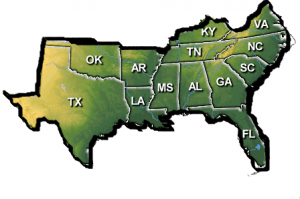Every reputable roofing, architectural, and construction organization agrees: The best way to extend the life of your roof is to perform regular inspection and maintenance.
Regular Roof Inspection and Maintenance Are Recommended By:
- BOMA
- Center for the Advancement of Roofing Excellence
- Single Ply Roofing Institute
- The Roof Consultants Institute
- Asphalt Roofing Manufacturers Association
- Midwest Roofing Contractors Association
- Northeast Roofing Contractors Association
- National Roofing Contractors Association
- And many others
GAF actually offers a program called “The Well Roof Advantage”
This program offers a 25 percent extension to your coverage, when you perform regular inspections and maintenance. In fact many manufacturers will void your warranty all together if your roof is not properly maintained. The GAF program seems pretty straight forward, you just need to notify them, and they will remind you when your annual inspections are due. If you have had a new GAF roof installed within the last two years, it might be wise to check and see if you are eligible for this program or programs similar to this one.

